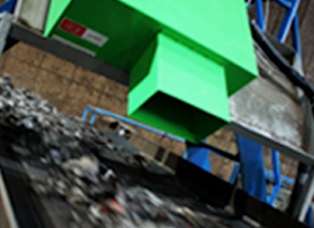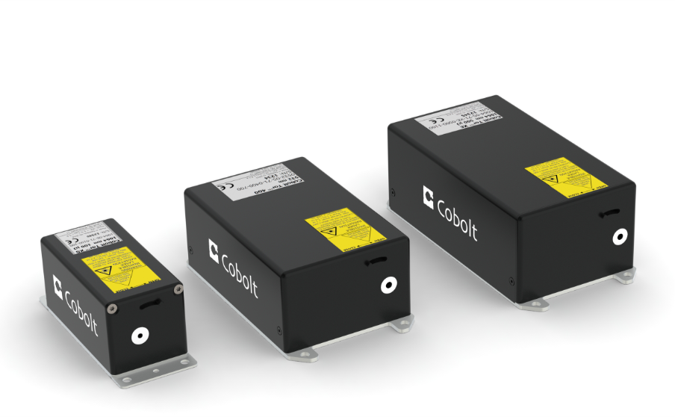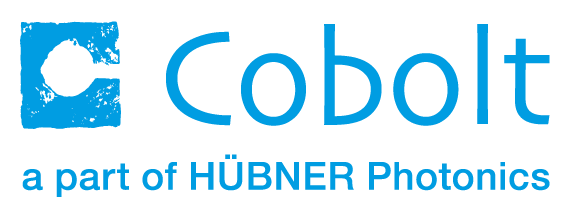Lasers for LIBS
Industrial-grade pulsed lasers bring LIBS out of the laboratory
Laser-induced breakdown spectroscopy (LIBS) is an atomic-emission spectroscopy technique that enables rapid chemical analysis of a wide range of materials ranging from metals, semiconductors, glasses, biological tissues, plastics, soils, thin-paint coating, and electronic materials.
LIBS relies on focusing short and high energy laser pulses onto the surface of a target sample to generate a plasma of small amounts of ablated material. The extremely high temperatures within the early plasma (>100,000K) cause the ablated material to dissociate into excited atomic and ionic species and during the cooling process the characteristic atomic emission lines can be detected by a spectrograph. The method enables fast and sensitive chemical analysis of in principle any kind of matter (solid-liquid or gas) without the need for sample preparation and with detection limits typically in the low-PPMs for heavy metal elements.
LIBS has received substantially increased interest over recent years as a result of the development of more compact, even hand-held, systems that enables in-field use and construction of tools for on-line material analysis. This development has been made possible by the increased availability of more compact system components such as e.g.the laser sources used. Particularly interesting is LIBS’s potential use in tools for on-line monitoring of industrial processes, e.g for the metal industry. An example of an application that would strongly benefit from more compact and industrial-grade LIBS systems is Aluminium recycling. Aluminium is in principle 100% recyclable and the use of recycled aluminium requires only 5% of the energy used in extraction of virgin minerals to produce aluminium. The potential of a direct classification and sorting of recycled aluminium flows is therefore huge, both in terms of economical benefits for the aluminium producers and minimised environmental impacts.

Field test of prototype LIBS system for automatic scrap metal sorting (Co ACREO AB, Stockholm, Sweden).
Researchers at ACREO and Kimab have recently integrated a Cobolt TorTM laser in a LIBS system. Their aim was to develop a LIBS system that could be both robust and have a compact size for industrial applications such as aluminium recyling.
The Cobolt TorTM lasers represent a new class of compact high performance diode-pumped Q-switched lasers that can boost the trend of extending the use of LIBS systems from laboratory work to industrial applications. This new laser relies on a proprietary laser design that offers a unique combination of very stable multi-kHz repetition rate (>7kHz with <1µs pulse-to-pulse jitter, see fig. 4), pulse energies in the 100 µJ range at 1064 nm, pulse widths of a few ns and very high quality beam (M2<1.3). A key advantage of the Cobolt TorTM laser is its substantially more compact size compared to traditionally used high pulse energy Nd:YAG lasers. The laser is also manufactured into hermetically sealed packages ensuring robust performance and long lifetime in varying ambient conditions making the laser highly suitable for integration into demanding industrial applications.
LIBS experiments with the Cobolt TorTM laser was conducted on Aluminium reference samples as well as on dirty scrap samples collected at scrap yards. The results show that system was indeed capable of clearly resolving the elemental composition of various alloys and confirm the practical applicability of a LIBS system based on compact high repetition rate lasers.

LIBS data obtained with the Cobolt Tor pulsed 1064 nm laser from different scrap samples representing different aluminium alloys.
At HÜBNER Photonics we have lasers perfect for LIBS applications:

Cobolt Tor™ Series
High performance Q-switched lasers
Wavelength: 355, 532 and 1064 nm
Pulse energy: 50 – 500 uJ/pulse (Single pulse – 7 kHz)
Applications: LIBS, Maldi-TOF, Micro-machining & Marking
Poster – A novel platform for high speed, high resolution LIBS imaging SCiX 2022
Editorial – Lasers for fast and compact LIBS systems PhotonicsViews 2021
White paper – Compact, self-contained pulsed lasers expand capabilities in LIBS applications 2021
Editorial – Improved metal recycling using LIBS Physics’ Best 2016
Apps note – New compact high repetition rate lasers for LIBS
Compact, self-contained pulsed lasers expand capabilities in LIBS applications



